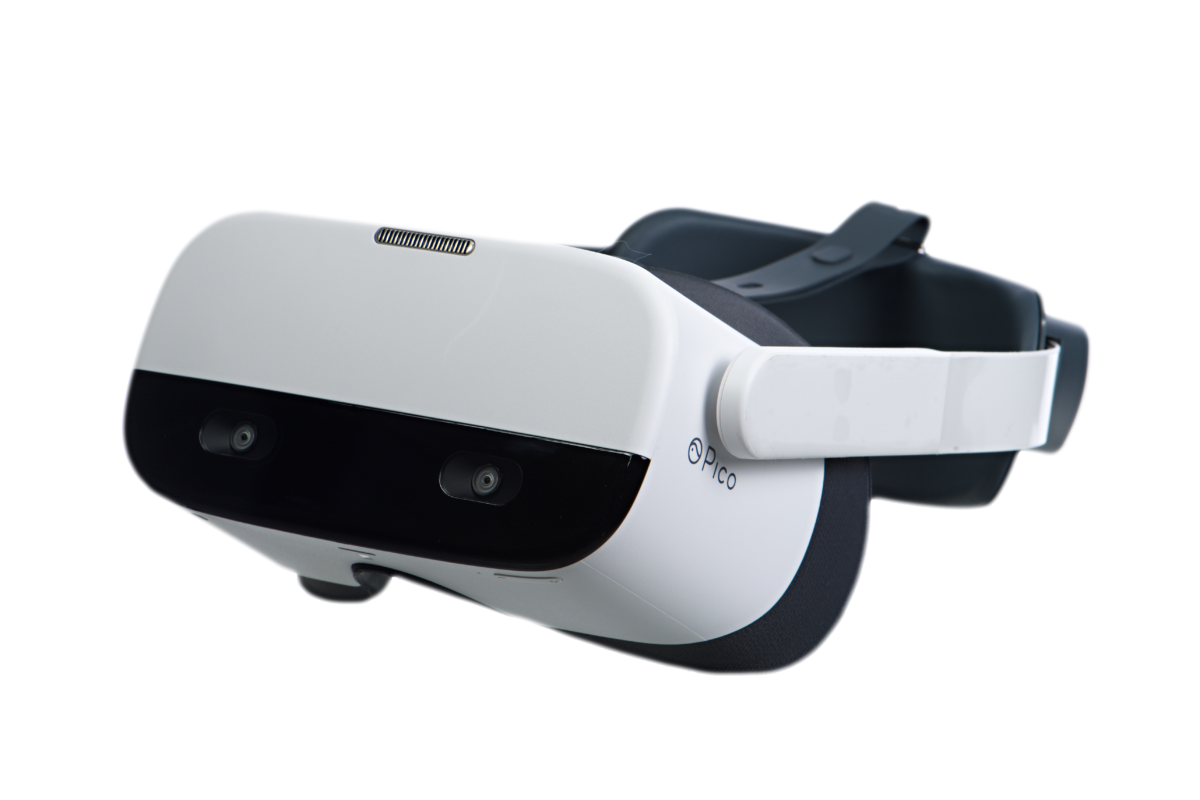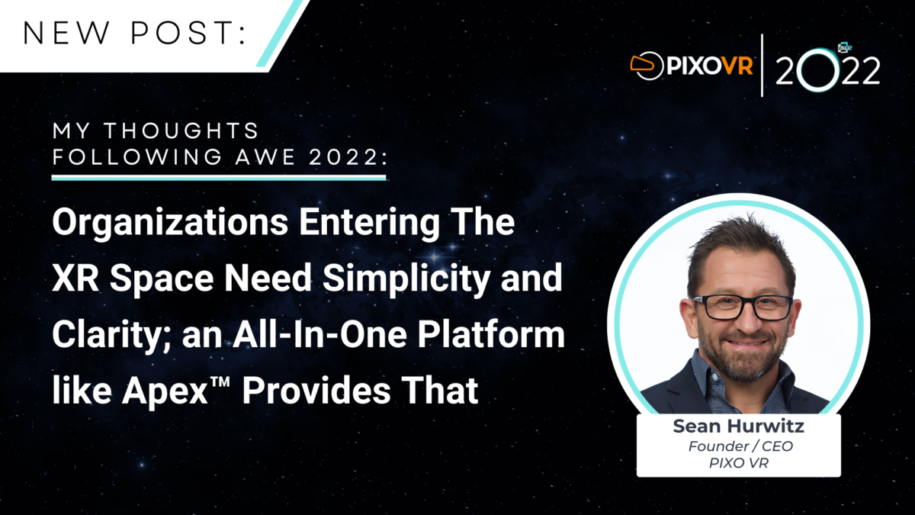An All-In-One Platform like Apex™ Provides That
A message from PIXO VR CEO Sean Hurwitz, following the AWE 2022 Conference & Expo
Earlier this month, we joined industry leaders at AWE 2022 in Santa Clara, CA. Many of the newest innovations in the world of extended reality were showcased at this event, not to mention various keynotes and presentations from experts in the XR space.
As expected, AWE was a fantastic event filled with plenty of networking, collaboration, and opportunity. When looking back on the event, I can’t help but take a step back and look at the industry as a whole, and an often overlooked piece: Every year, new hardware and software solutions come to market, cluttering the XR space even more and making adoption increasingly more complicated for organizations.
Don’t get me wrong, the incredible technology on display throughout AWE is exciting to see, and will undoubtedly drive the industry forward. With that said, from the perspective of a company sitting at square one, looking to introduce (and eventually scale) XR within their organization, the roadmap to get started is increasingly unclear. Those organizations need a clear understanding of the need for an XR platform like PIXO Apex™.
At PIXO, we have had countless conversations with companies looking to launch VR into their current training program. We’ve found that a crucial piece of the scaling process is having a platform that can be an end-to-end solution. One that can handle content management, distribution, analytics reporting, compliance, and most importantly, integrate with other XR solutions, unlike most other platforms. Having a single VR solution isn’t good enough for any large enterprise. As we discussed in our panel with Chick-fil-A at AWE, this all-in-one platform is what drove them to ultimately decide to work with PIXO as they introduce VR into their current training program.
“We engaged with another partner before the pandemic. We learned some great lessons from that, but I think the biggest lesson was: you’ve got to have a solution that scales,” Marc McConathy, Learning & Development, Digital Learning at Chick-fil-A stated. “PIXO has a backend platform called Apex that we feel provides a competitive advantage when it comes to scale.”
This idea isn’t new to us. We knew a lifetime ago (about six years, in this industry) that big companies like Chick-fil-A would not use a dozen different solutions, each with their own valuable use case, to adopt XR. When creating solutions with the end user in mind, it’s been clear to us that an all-in-one platform is what the market needs, it’s just what’s best for the customer.
Implementing XR in an organization does not have to be hard. More and more companies understand how valuable XR is. Reducing risk while saving money! It’s up to providers to collaborate within this space and offer solutions that are built with those companies’ needs in mind. Organizations need access to content (either off-the-shelf or custom). They need an enterprise solution for deployment and management. And of course, they need analytics and reporting that can seamlessly integrate with their LMS. Making it as simple as possible to launch a pilot and prove ROI is the obvious route to full scale adoption.
All of the AR and VR hardware at AWE is massively important for enterprise adoption. So is all of the content being created across various industries. Where PIXO comes in, is as the platform that can tie it all together. An all-in-one enterprise solution will always be a key piece of the puzzle.
Bottom line, collaboration of the XR market is a key. I think the XR market has to continue to collaborate. This way, companies like Chick-fil-A can go to a comprehensive platform like Apex™ and get all of their XR solutions. Without collaboration from hardware and software providers alike, the adoption at an enterprise level will fall short of expectations.
And let’s be clear, this collaboration truly will provide the most value to everyone involved.
- Enterprise clients can leverage XR at a lower cost, with more flexibility and security. Not to mention the lower barrier of entry to get a pilot program started.
- Content developers will have expanded reach and more opportunity to monetize their content.
- Hardware providers will benefit as companies scale and drastically increase their fleet of devices. A hardware agnostic platform like Apex™ benefits any device that can provide value to the consumer.
Coming out of AWE, I believe all providers have the same goal: to make enterprise XR adoption as easy as possible. The problem is, the messaging is getting cluttered and we are making it more difficult for organizations to understand where to start. We have to work together to provide easy solutions and a clear roadmap, and organizations need a better understanding of the need for a powerful XR platform to put it all together and scale.

Transform your training with virtual reality!


Leave a Reply
You must be logged in to post a comment.